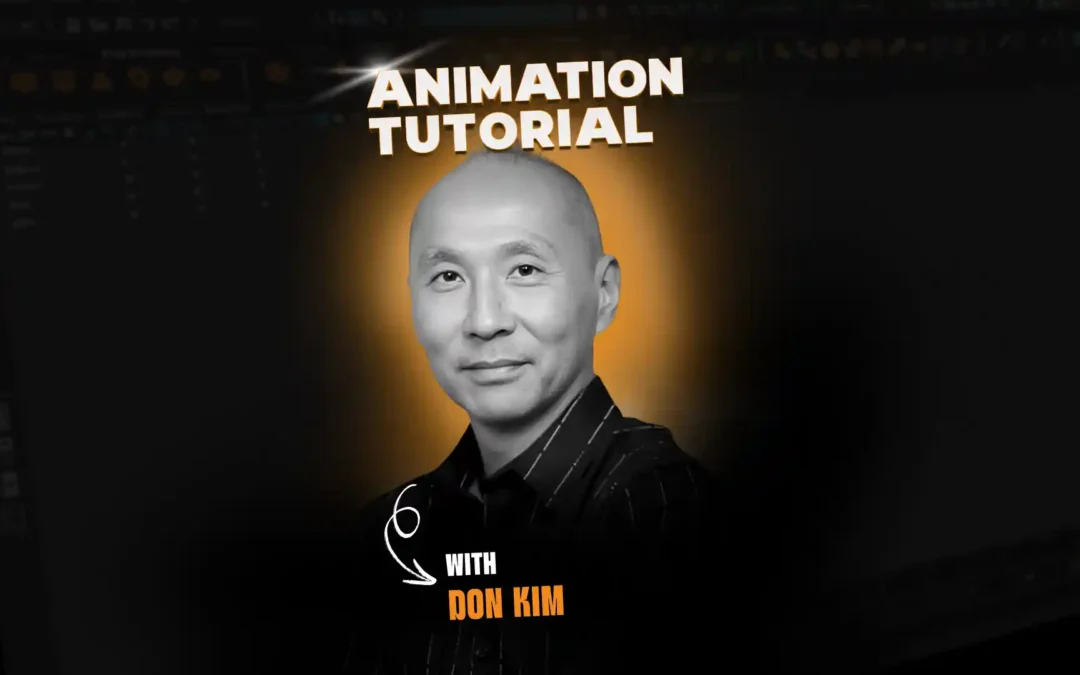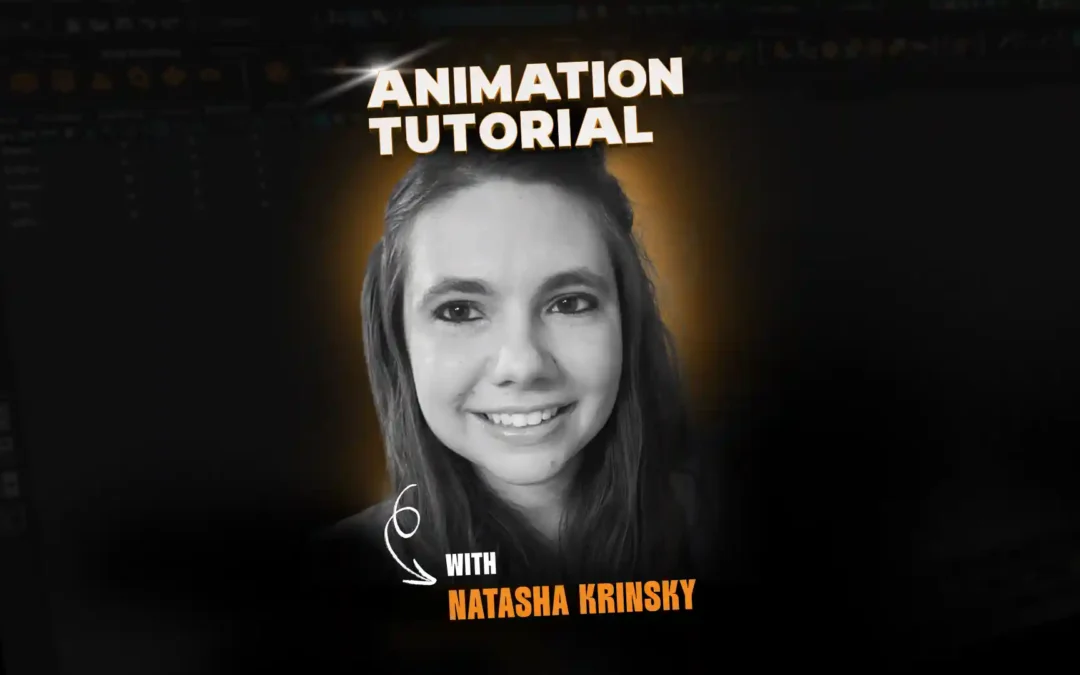The Circus Jam is an animated short film created with 120 artists from 23 countries. All development, modeling rigging and surfacing was done by Animation Mentor students and alumni. I’m incredibly proud of the work they’ve done on this project, and am constantly inspired by their passion and desire to push to the next level!
The Crew (most of them):
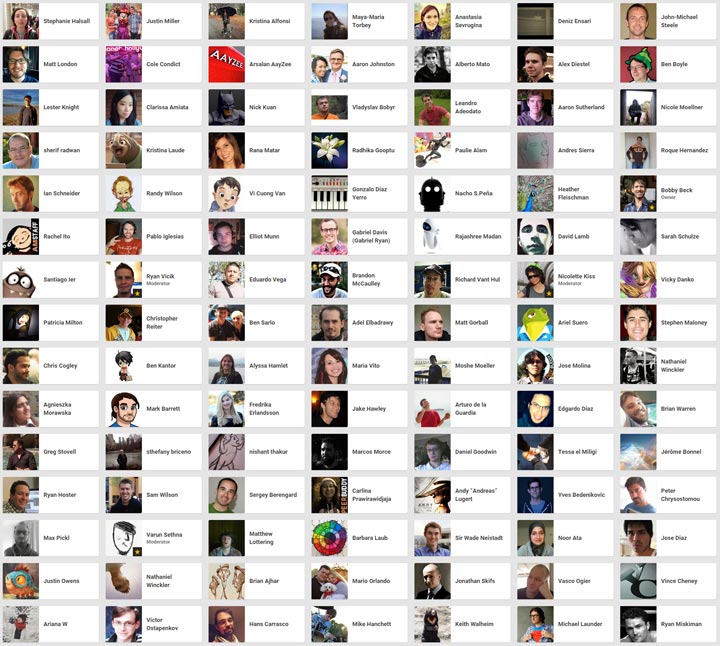
Some of the Circus Jam Crew – A total of 120 artists from 23 countries woked on this film
The Vision
Shawn Kelly, Carlos Baena and I had the idea for Animation Mentor back in 2003. One of the first things we talked about was the possibility of having students come together to make great projects from anywhere in the world. Little did we know how big that challenge was and we had a lot of other hurdles to overcome before we could dive into our ultimate challenge.
In 2010 we knew the market was shifting and jobs started becoming more contract based. Although the market ebbs and flows, we knew it was time to shift the pendulum in favor of artists and we decided the time was right to tackle our original visions of online production.
In 2013 we launched a prototype file management system that we developed internally called, AMP. Built to test out and solve some of the many challenges of distributed production, AMP has served us well and is the foundation of what we have now taken to the next level into a new platform called, Artella.
Artella is a new platform for creatives of any skill level from anywhere in the world where they can come and make content together; films, games, etc. The Circus Jam is one such example of what we believe is the beginning of a bright future for artists, where anyone can create their own studio from home and collaborate with other talented artists around the world. This will empower artists to make games that go into the app stores, create films that entertain audiences, or tackle the exciting new world of VR, and more. In short, Artella is our answer for creating more job opportunities for artists around the world. We are deep in private beta now and plan to launch Artella late April in an open beta to the world.
With that out of the way, let’s get back to the topic of this post – The Circus Jam!
Development
The entire development and animation team were all Animation Mentor students and alumni. During this phase we explored a lot of possibilities in style, look, props, sets, etc. We kept the development team relatively small so that we could iterate quickly.
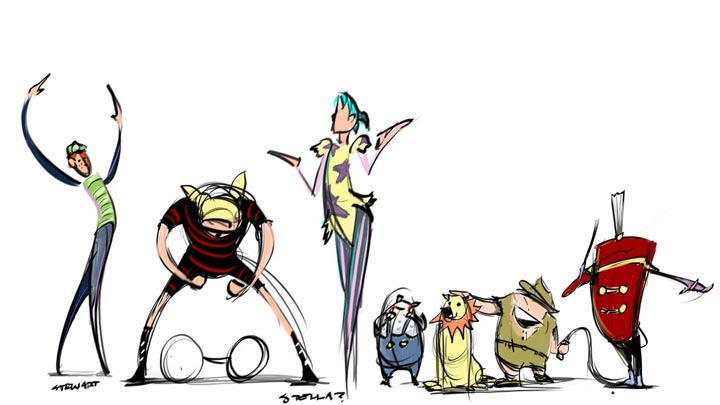
Set 1 character concepts by: David Lamb
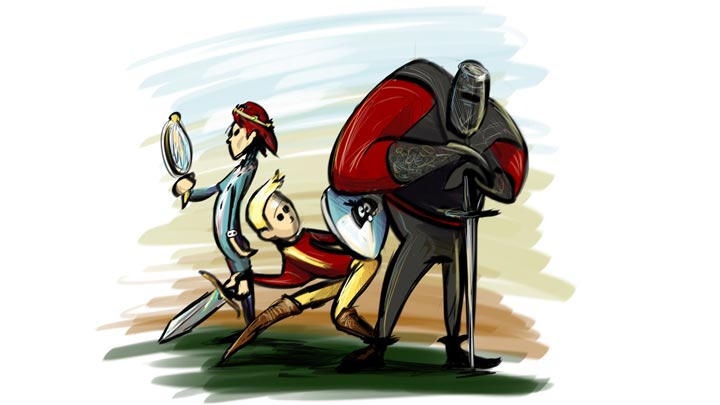
Set 2 character concepts by: David Lamb
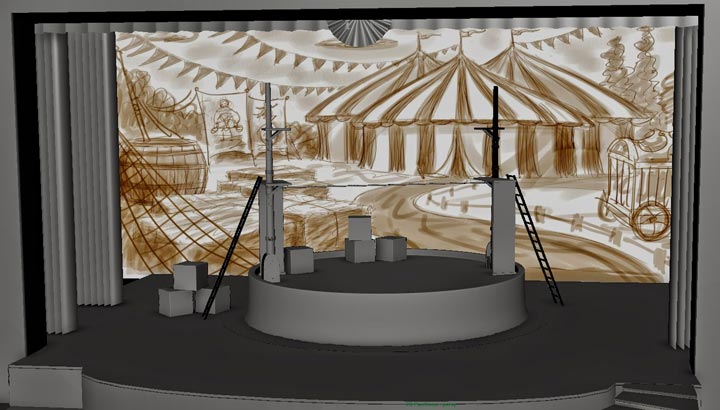
Set 1 rough previs concept
Honestly, I don’t think we ever really thought we were going to polish it as much as it turned out. It wasn’t until David Lamb did this render of Stan in Set 2 that we realized we had to take the project all the way and make it look as amazing as we could. Thanks David!
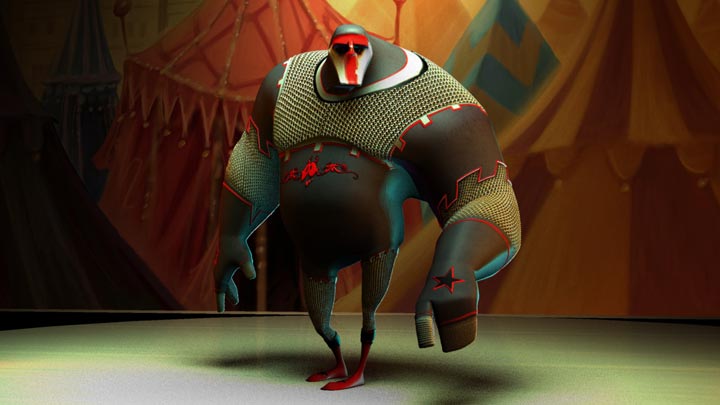
Soon after that, more design and surfacing work came in and we were all committed and super engaged!
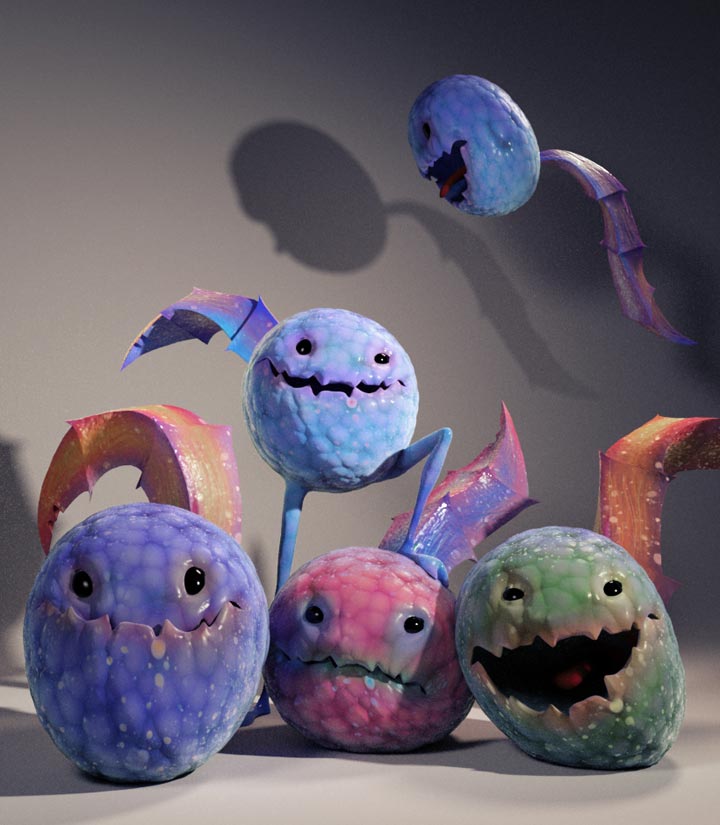
Set 1 Monster Ball surfacing by Max Pickl
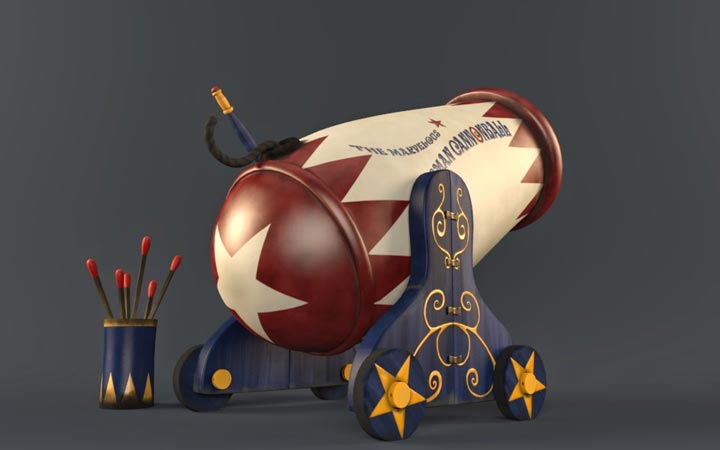
Set 2 cannon modeling by Hans Carrasco, surfacing by Max Pickl
Then we defined the color keys for the 3 sets. We worked to make them different enough from each other to create visual interest for the audience.
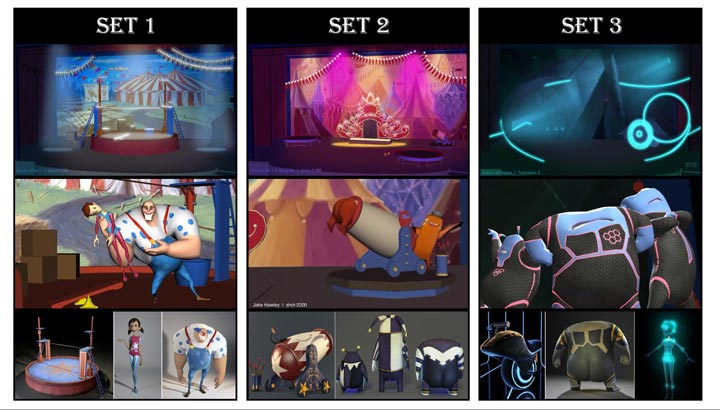
Color Keys by Rachel Ito
Production Begins!
Anim Jam: The concept of an anim jam is that people take the same scenario and animate whatever they want given some specific, predefined parameters; e.g. for every shot use the same camera angle, characters must enter from screen left and exit screen right, etc.
Set 1: The first set was a full anim jam where the animators did whatever they wanted to and the goal was to stitch some of the shots together in the editing room to make a cohesive story. Although this sounds really fun and free flowing, set 1 was the hardest to make work from a story and editing standpoint. We weren’t able to do a lot of dynamic camera cutting as nothing was built in a shot-by-shot format. Rather shots were longer, mostly single camera format. This made it tricky to keep things exciting and entertaining. However, I think we were able to find the story of set 1 and make it work fairly well.

Thumbnails by Aaron Sutherland
When we went to lighting, the anim jam format proved to be extremely challenging as there were two different sequences that the lighters would need to make feel like they were one. So matching the lighting across the different files required a lot of patience from the lighting team as the most subtle change in lighting resulted in a noticeable pop when you played it back. By the time we got to set 3 we figured it out and the lighters were humming!
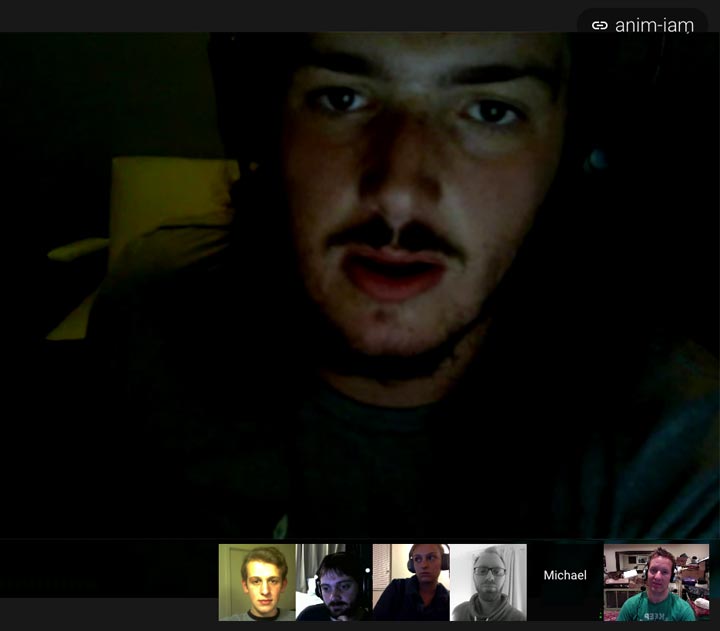
Michael Launder providing inspiration and guidance to the amazing lighting team
Set 2: On the second set we tried something slightly different. It did start out as a jam as well, but we quickly learned from set 1 that we should try something different. We quickly started looking for shots that were already in progress that would go together in some way and then we had the animators share some of the shots so that there wouldn’t be the abrupt changes in lighting and it also gave the animators a chance to work with hookups so they could learn that aspect of professional production.
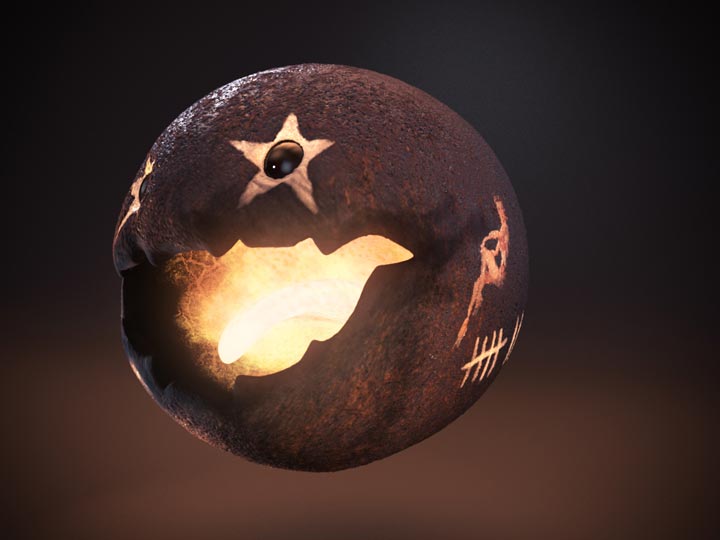
Even though you don’t see their faces – the cannon balls by: Max Pickl
Set 3: On the final set we decided to go the traditional filmmaking route and started out of the gate with a sequence of shots that we developed in previs (previs stands for previsualization, or roughing out all the shots and cameras and basic motion to see how it flowed). As result we feel this set is the strongest of the three and, given the experience, the path I would go down in the future. I highly recommend that others follow this format when doing projects, as it was clean for the animators, the production was faster and clearer, and the lighting went very smoothly.
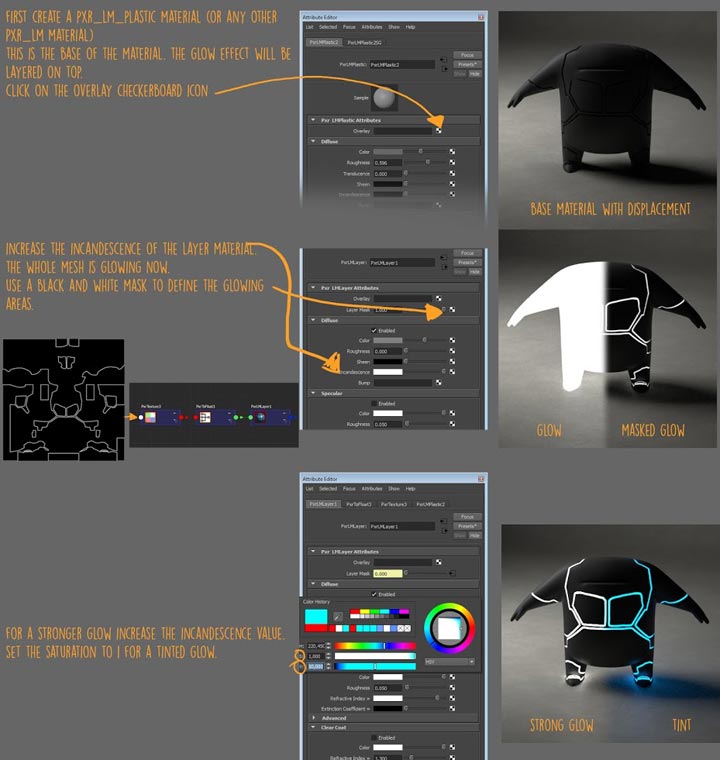
Transitions: We knew we wanted to connect the different sets with transitions, as if you were watching a live play. This video gave us the inspiration we were looking for with the background painting and set changes with dimming lights. The transition shots were a lot of fun! The animators had a blast doing them as we gave them free reign to do whatever they wanted and the lighters were pushed to work with a lot of different elements and overall set lighting changes. Amazing work!
We even decided to have Spike, the Animation Mentor mascot, be dusted off, upgraded in Maya, resurfaced and animated by students as the ringleader!

Animation Mentor mascot Spike
Jacket by Richard Vant Hul, Surfacing by Max Pickl, Rigging update by Sergey Berengard
All in all this production was an absolute blast! Everyone gave their heart and soul and it shows.
What’s Next? We’ve decided to keep pushing distributed production forward and are already deep into our next production, Thistle One. We know that Circus Jam is just the beginning of something great for artists all around the world and we’re excited and thrilled to be at the forefront of pushing this new future forward!
Related Article:
Tips for Creators – By: Bobby Beck
